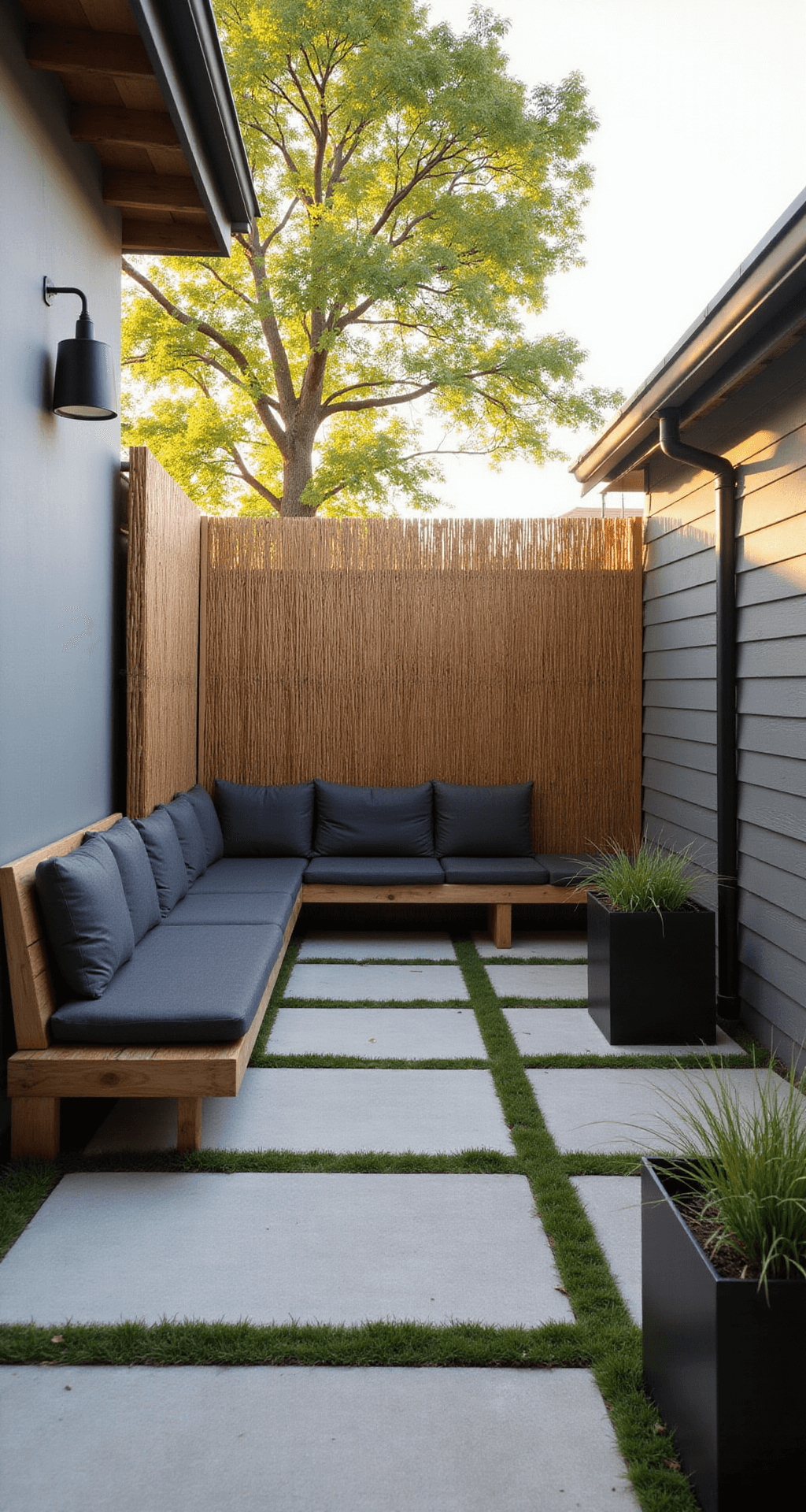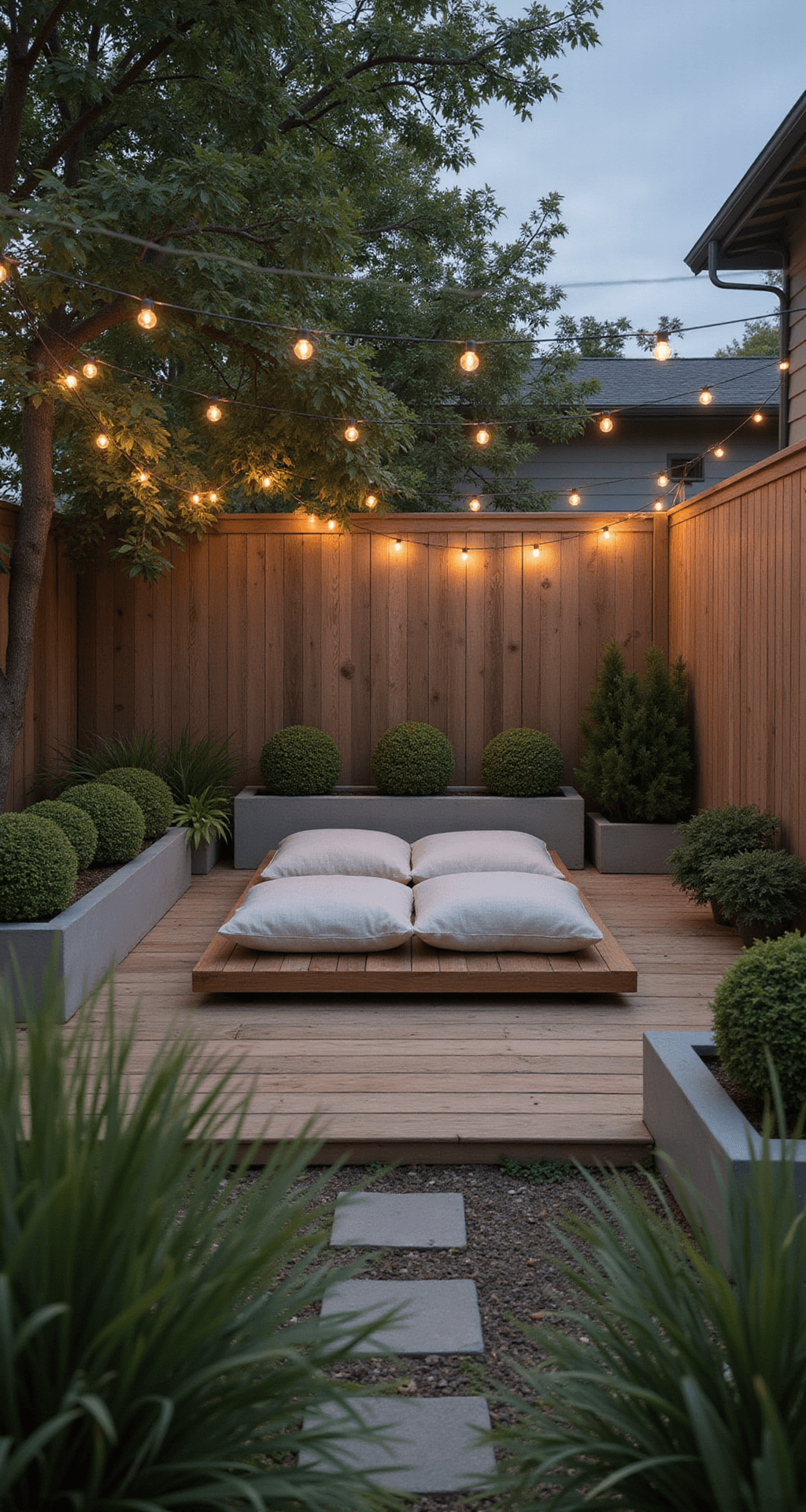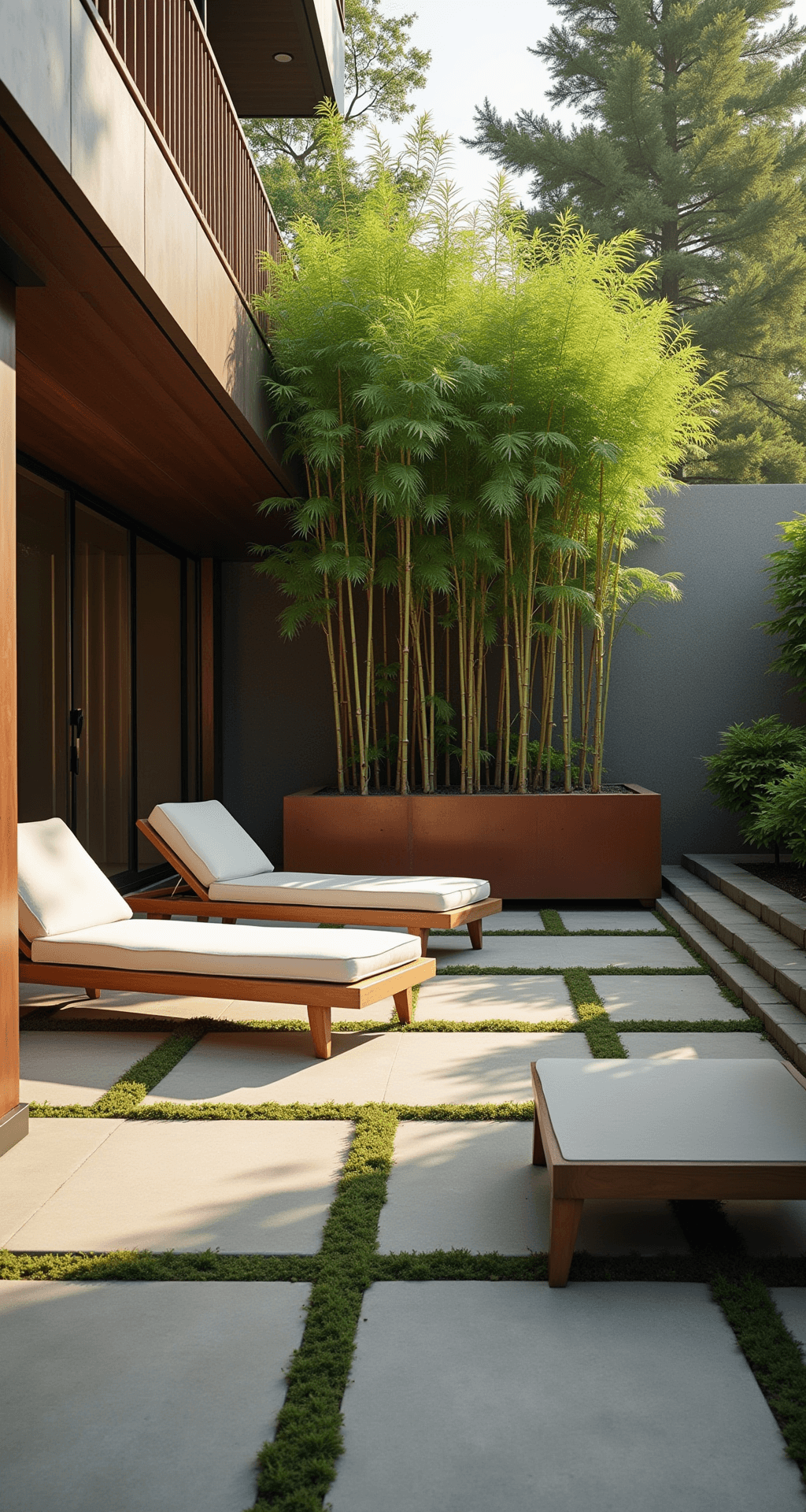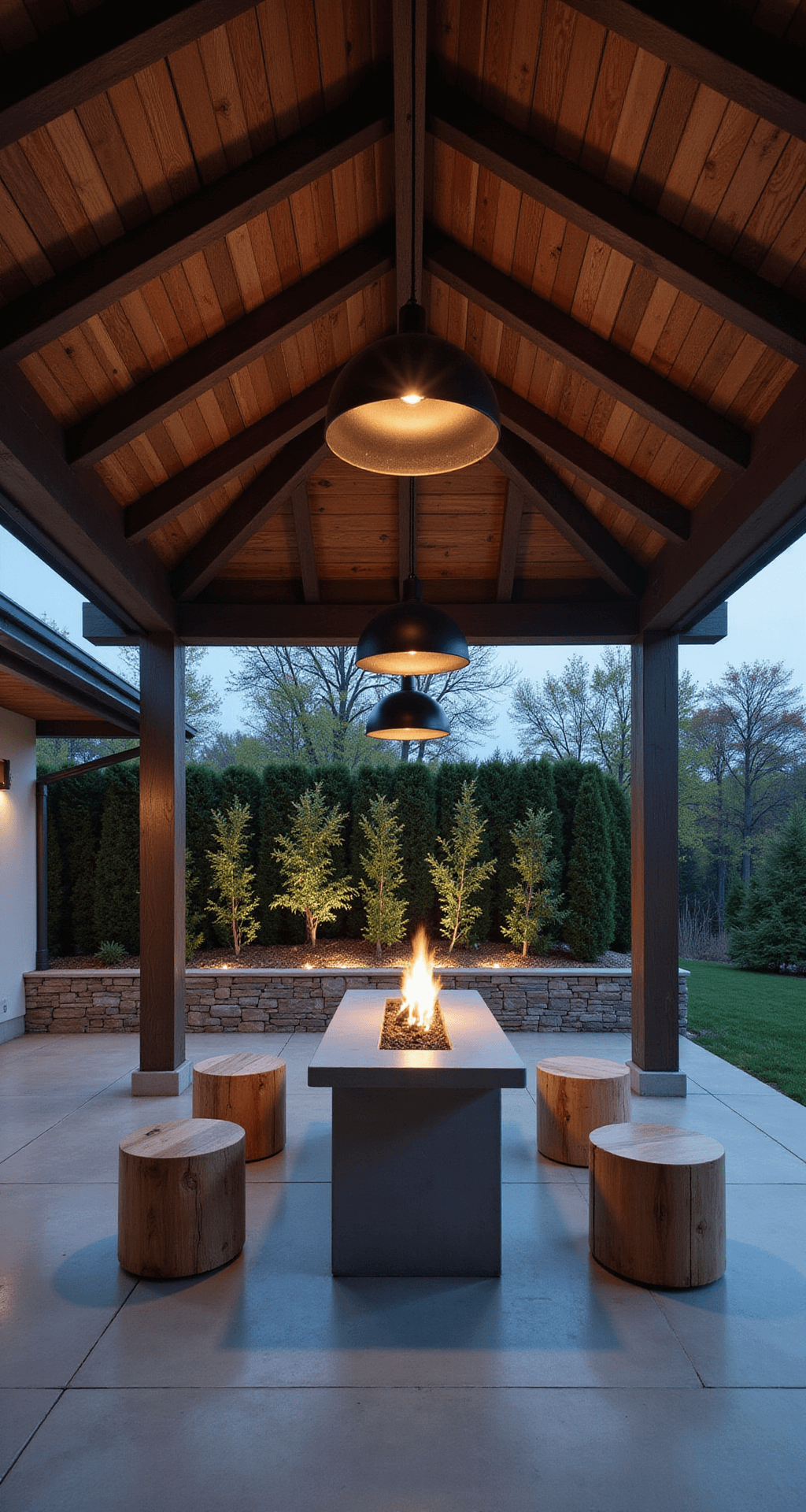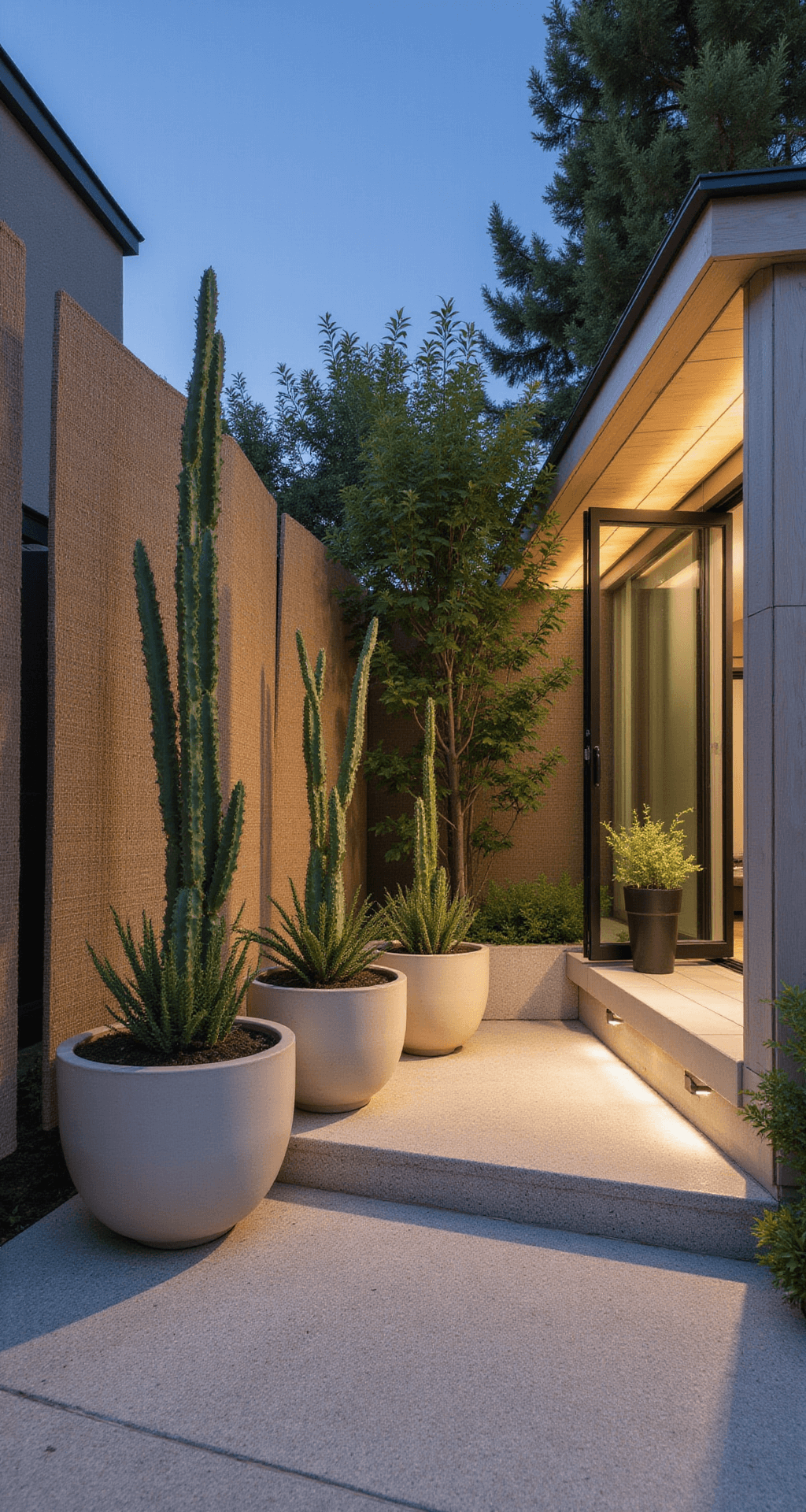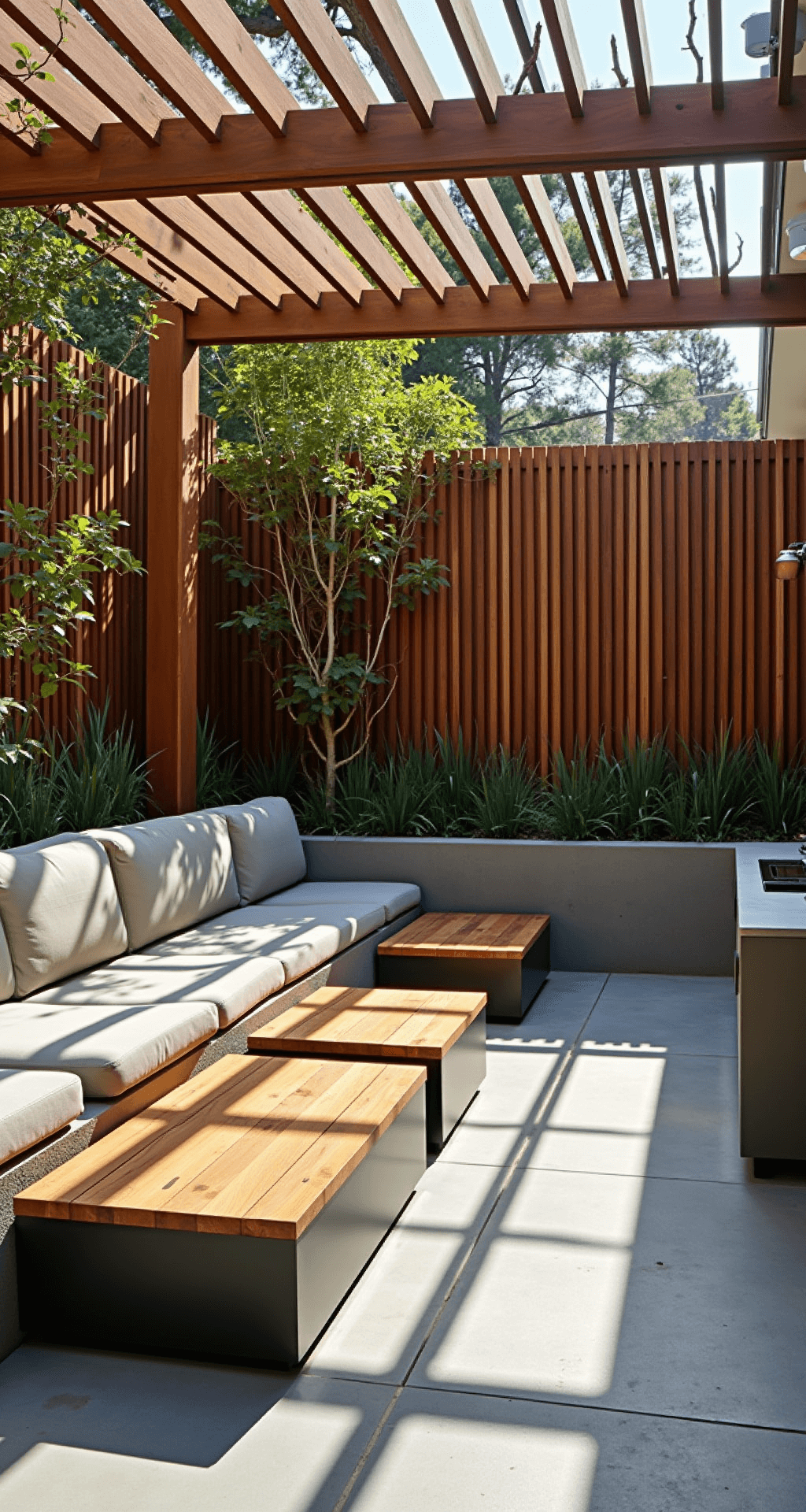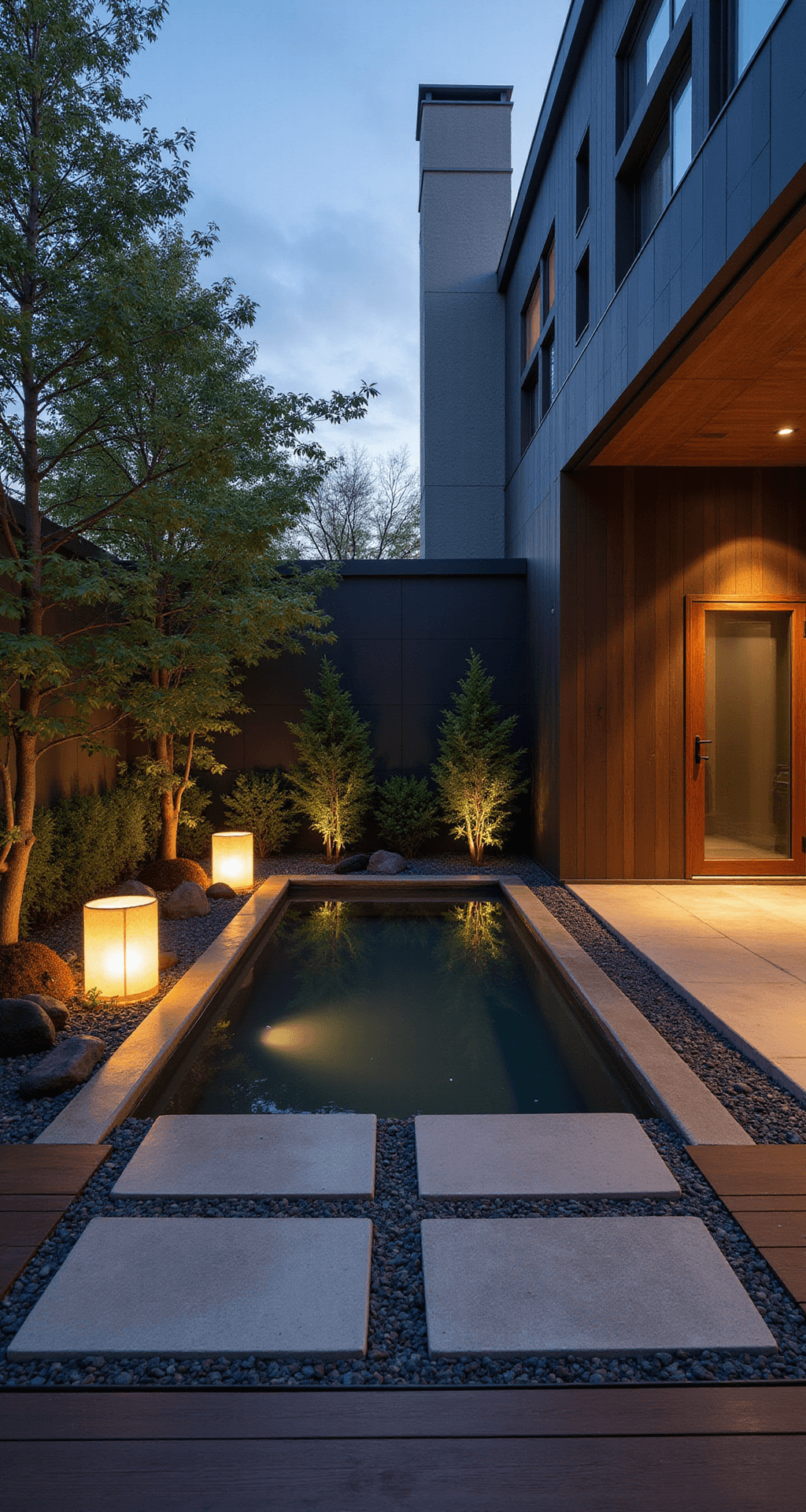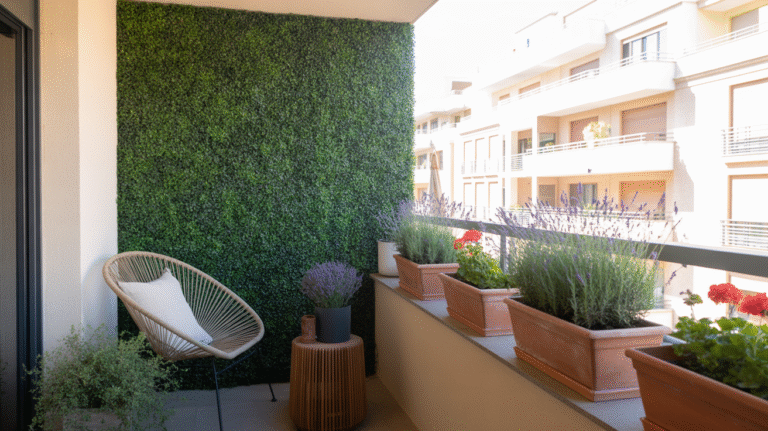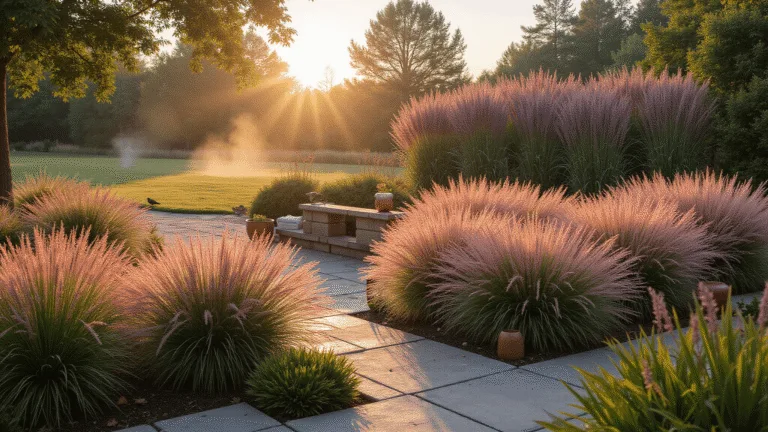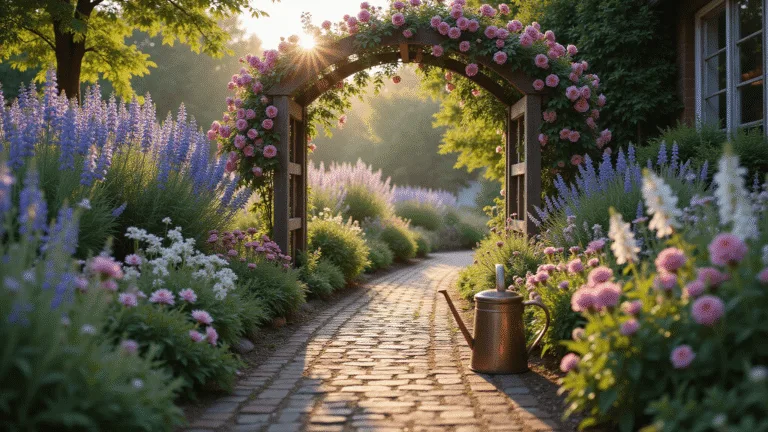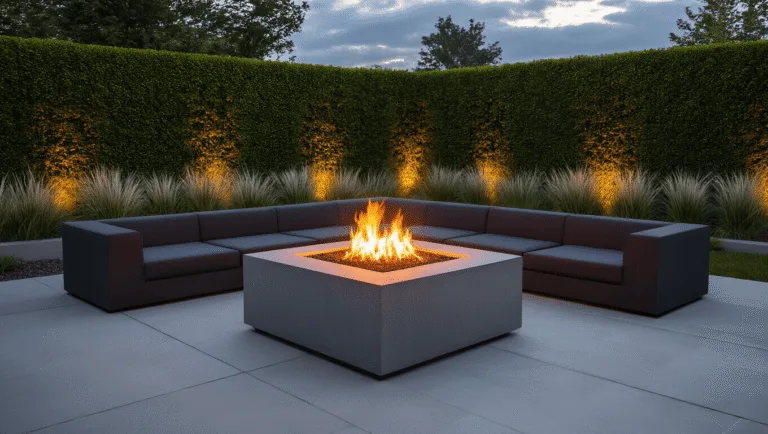This post may contain affiliate links. Please see my disclosure policy for details.
Japandi Patio Ideas: Transform Your Outdoor Space into a Serene Sanctuary
Contents
I’ve always believed that our outdoor spaces are more than just extensions of our homes—they’re sanctuaries of peace and personal expression. Today, I’m diving deep into the world of Japandi patio design, a style that beautifully marries Japanese minimalism with Scandinavian functionality.
Why Japandi? The Ultimate Outdoor Retreat Design
Let’s be real. Most patios feel cluttered, chaotic, and uninspiring. But what if you could create an outdoor space that breathes tranquility, simplicity, and purposeful beauty?
Japandi is your answer.
Key Design Principles That Make Japandi Magic
1. Minimalism: Less is Absolutely More
Decluttering Isn’t Just a Trend—It’s an Art Form
- Strip away excess furniture
- Keep only pieces that spark joy or serve a clear purpose
- Create breathing room in your outdoor space
2. Natural Materials: The Heart of Japandi Design
Materials That Tell a Story
- Prioritize wood (teak, cedar, oak)
- Embrace bamboo and stone elements
- Choose textures that feel organic and understated
3. Color Palette: Whispers, Not Shouts
Neutral Doesn’t Mean Boring
- Soft beige
- Cool grays
- Warm taupe
- Subtle earthy greens
- Charcoal accents
Practical Japandi Patio Transformation Tips
Furniture Selection: Low and Intentional
Seating That Invites Relaxation
- Low-profile wooden benches
- Minimalist lounge chairs
- Japanese floor cushions (zabuton)
- Nesting tables with clean lines
Green Sanctuary: Curated Plant Selections
Plants That Breathe Calm
- Japanese maples
- Bamboo clusters
- Delicate ferns
- Boxwood shrubs
- Ornamental grasses
Lighting: Mood, Not Brightness
Subtle Illumination Techniques
- Warm string lights
- Minimalist lanterns
- Solar stake lights
- Under-bench soft lighting
Pro Tips for Japandi Patio Perfection
Avoid These Common Mistakes
- Don’t overcrowd your space
- Steer clear of bold, competing colors
- Balance minimalism with comfort
- Think intentionality over decoration
The Secret Sauce: Borrowed Scenery
Create Flow and Connection
- Position seating to capture landscape views
- Use stone pathways
- Integrate external greenery
- Establish a meditative outdoor environment
Your Japandi Patio Checklist
Essential Elements
- ✓ Minimal furniture
- ✓ Natural materials
- ✓ Muted color palette
- ✓ Intentional greenery
- ✓ Soft, warm lighting
- ✓ Negative space
Final Thoughts
A Japandi patio isn’t just a design—it’s a philosophy. It’s about creating a space that breathes, relaxes, and reconnects you with simplicity and nature.
Remember: Every piece should have purpose, every view should inspire calm, and every moment should feel intentional.
Ready to transform your patio? Start small, think minimally, and let your outdoor space become your personal zen retreat.


